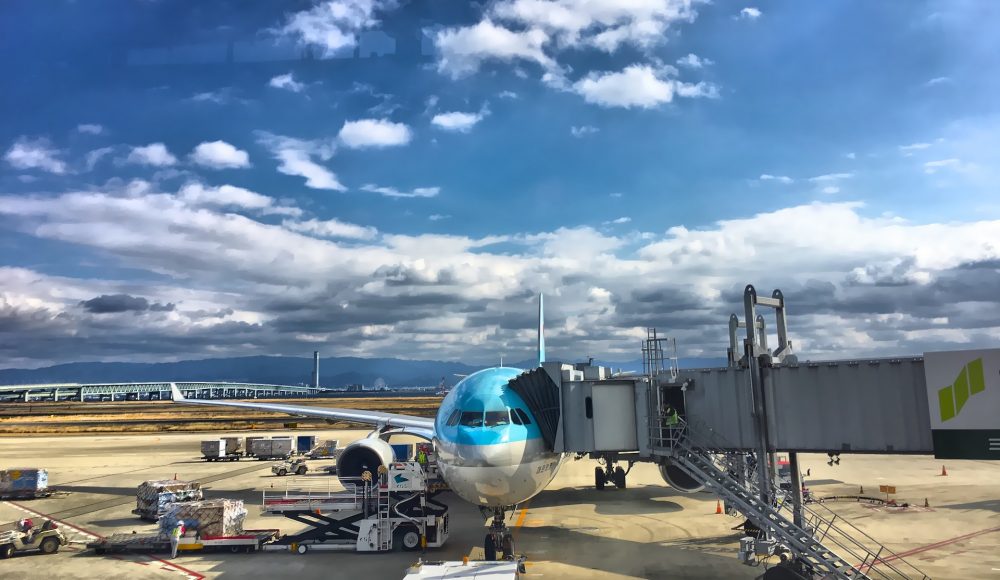Airport Investment Opportunities in Europe
29th March 2017

Airports have become major engines that drive the development and growth of many countries’ economies. The aviation sector is forecasted to grow more strongly than the rest of the Belgian economy, making Brussels Airport a critical driver of the country’s economic growth.
Cornfield & Partners takes a look at how investment in Brussels Airport has been a key driver of the Belgian economy and how this investment is creating business opportunities in industries such as logistics and construction.
Brussels
Brussels is headquarters to NATO, the European Commission and the European Parliament. It has one of the steadiest property markets in Europe, which attracts international investors looking for predictable markets and investment opportunities.
Brussels Airport
Brussels Airport is located 12k northeast of Brussels. It connects Brussels to 238 destinations worldwide and is served by 78 airlines. In 2016 it added 1.8% to Belgium’s GDP.
A new express train opened in late 2015 has travellers to the centre of the city in 13 minutes. Deloitte and KPMG both have new headquarters currently under construction in the airports terminals, which means that they will have immediate access to flights and the express train into the city.
Strategy 2040
Belgium maintains a strong position as an exporting country. “The small surface area, the limited internal market and the central location within Western Europe as a distribution centre for transport to the rest of the continent are the main factors behind our strong export culture,” says Marc Bogaerts, Director-General Belgian Foreign Trade Agency. Brussels Airport will play a crucial role in tapping new markets and supporting and developing key industries such as the pharmaceutical, chemical and automotive industries.
Brussels Airport is looking to create 120,00 direct and indirect jobs by 2040, doubling the number of jobs currently generated by the airport.
Strong growth is Predicted for Brussels Airport
Terminal and Gate Capacity
Two additional piers are to be built as part of the 2040 strategy. Piers offer higher aircraft capacity and simplicity of design. Piers also allow for smoother passenger flows in the airport.
Additionally, the airport is reorganising its terminal, moving towards digital check in processes and self-serve luggage drop-off points with chipped luggage.
Runway Capacity
Runway capacity is being increased in two ways. The current runway usage is to be optimised, and the existing infrastructure is going to be adapted. Optimisation strategies include modernising procedures to minimise the time between arriving flights, using energy-efficient landing techniques, construction of additional entrances and exits on the runways. The infrastructure is to be adapted by extending both runways.
Economic Centre
Brussels Airport aims to expand the cargo area and the land surrounding the airport terminal into a corporate eco-system and increase its reputation as an intermodal hub where different means of transport converge at the airport. The aim is to have trains, buses, taxis, cars, bikes and planes converge seamlessly at the airport. A tram stop is also planned.
Logistics Hub
The cargo area, Brucargo, is to have its old buildings replaced with modern energy buildings and infrastructure upgrades to make the traffic flow smoother.
Cornfield & Partners can help you navigate investing in the aviation industry in Europe and globally in 2017 as well as provide you with additional investment and market opportunities. For information, contact info@cornfieldpartners.com or call us on +44 (0) 20 7692 0873.
